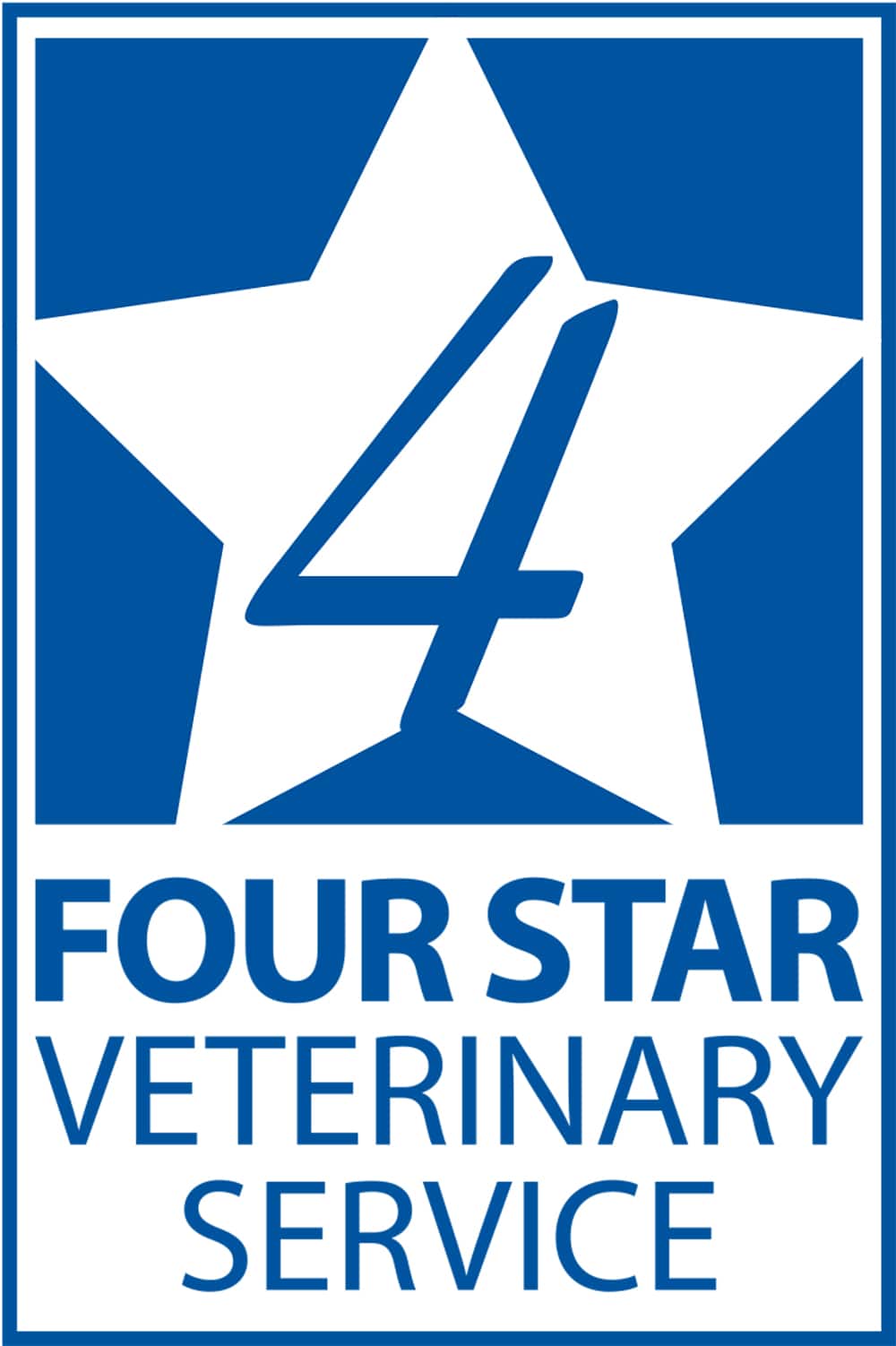Sow lameness continues to trouble hog operations in the US, causing high numbers of involuntary removals from herds. Identifying lameness issues early is key.
Strategies to curtail rising sow-lameness problems
Sow-lameness issues are on the rise, especially for sows in group housing. Lameness is a leading reason that sows are culled early from the herd.
Raising pigs without antibiotics offers niche market but with limitations
Markets for pork produced without antibiotics continue to grow. But this method of production is not for every farm.
8 key factors drive success when raising pigs without antibiotics
Producers need to recognize there will always be health challenges when raising pigs without antibiotics. The goal is to resolve those challenges as they arise.
